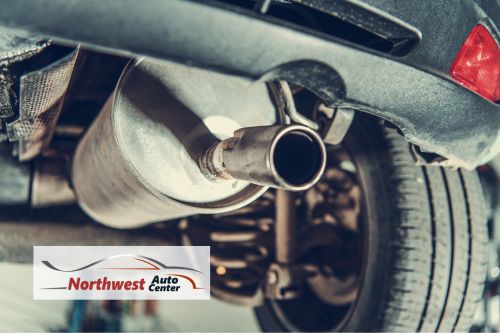
In the vast landscape of automotive regulations, Texas is one of the states that require emissions testing along with vehicle safety inspections for certain counties. There are no ifs, ands, or buts. Texas Emissions Testing is required for Texas drivers who want to stay on the road.
And it’s good to know what to expect. Let’s delve into the details of the Texas Emissions Test and gain insights into what it entails and tips on how to pass with flying colors.
Understanding Texas Emissions Testing
Texas Emissions Testing is crucial to the state’s commitment to environmental conservation. The program aims to reduce air pollution by ensuring that vehicles on Texan roads meet specific emissions standards. The testing process evaluates the emissions produced by a vehicle’s engine, focusing on pollutants such as nitrogen oxides (NOx), carbon monoxide (CO), and hydrocarbons (HC). (This is accomplished by the state and not the inspection station. Whenever a vehicle is being tested, the inspector plugs into the DLC connection and this information is sent to the state at that moment).
Vehicles Subject to Testing
Not all vehicles in Texas are required to undergo emissions testing. The criteria vary depending on the age and type of the car. Generally, passenger vehicles and light-duty trucks are subject to testing if they are over two years old but less than 25 years old. However, certain counties, including the Houston area, require emissions testing for vehicles over one-year-old.
Tips for Passing the Texas Emissions Test
Regular Maintenance
Regular maintenance is the key to a smooth running vehicle and a successful emissions test. Ensure your vehicle undergoes routine maintenance, including oil changes, air filter replacements, and spark plug checks. A well-maintained engine is more likely to produce lower emissions and perform better.
Addressing Check Engine Light Issues
If your vehicle’s check engine light is illuminated, addressing the cause and getting the repair completed is crucial before taking the emissions test. The presence of an illuminated check engine light is an automatic failure, so resolving any potential problems beforehand is essential.
Drive Your Vehicle Before the Test
Before heading to the testing station, take your vehicle for a drive, especially if it has been sitting for an extended period. This helps warm up the engine and ensures that it operates at its optimal temperature during the test, potentially reducing emissions.
Proper Tire Maintenance
Believe it or not, tire maintenance can also affect emissions. Underinflated tires can lead to decreased fuel efficiency, resulting in higher emissions. Regularly check and maintain proper tire pressure to optimize your vehicle’s performance.
Be Prepared for Your Texas Emissions Test
Navigating the Texas Emissions Test can be a manageable task. Understanding the requirements and implementing proactive measures can increase your chances of passing with flying colors. Regular maintenance, addressing check engine light issues, are all integral components of a successful emissions testing experience. Remember, compliance not only keeps your vehicle on the road but also contributes to a cleaner and healthier environment for all Texans.
Are you in need of repairs before your Emissions Test? Northwest Auto Center of Houston can help! Give us a call today at 281-894-8880.

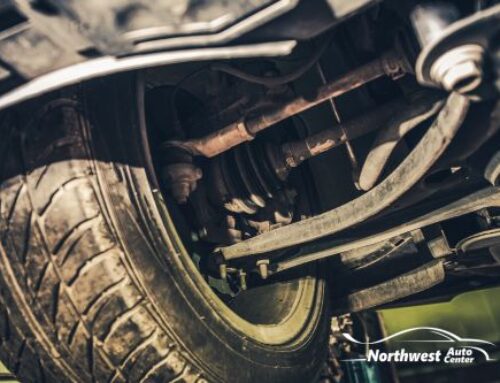

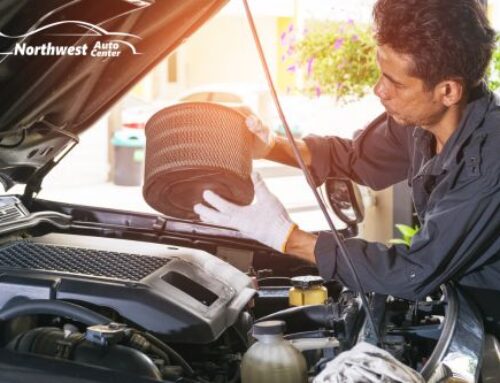
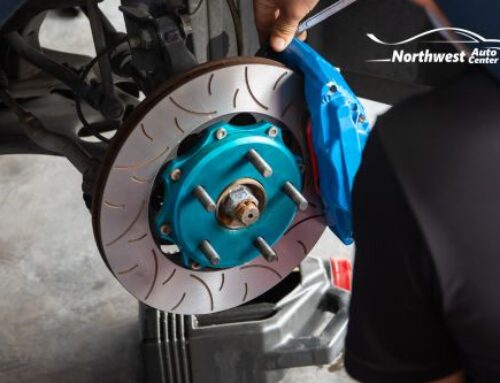
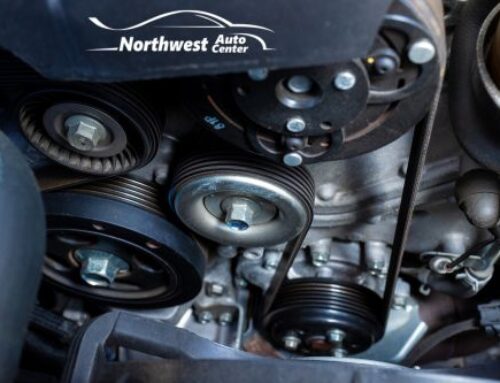
Leave A Comment
You must be logged in to post a comment.